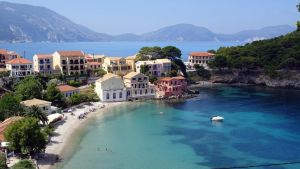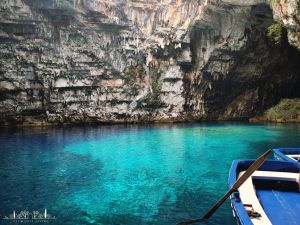Displaying items by tag: visit kefalonia
THE MYCENAEAN TOMBS OF KEFALONIA
The Mycenaean civilization flourished in Greece during the Late Bronze Age (1600-1100 BC). Sailors, shepherds and skilled warriors, in their travels the Mycenaeans brought with them their language and their customs, such as for example that of burying the deceased in large mounds containing well tombs. Tholos tombs were large circular rooms with a high vaulted roof and a straight entrance passageway lined with stone and were usually decorated with gold, silver and bronze. The deceased was often buried with daggers, gilded masks, diadems, armour and bejewelled weapons. These burial chambers are also mentioned in Homer's Iliad and Odyssey!
KEFALONIA, WHAT TO SEE IN 7 DAYS ON THE ISLAND?
How many days does it take to visit Kefalonia? You may not like the answer: many, many more than you are likely to have available. Not only for the size of the island and therefore the large number of beaches, villages and postcard views not to be missed, but also because a holiday in Kefalonia can become a state of mind: the island should be savored slowly, between a coffee and a souvlaki, because its relaxing atmosphere is even better than its exceptional beaches.
KEFALONIA, A 4 HOURS TOUR IN THE CENTER OF THE ISLAND (MONASTERY OF SAINT GERASIMOS, LAKE OF MELISSANI, CAVES OF DROGARATI, AGIA EFIMIA, MYRTOS BEACH)
Donkeys trudging along steep cobblestone streets, blue and white houses, bougainvillea pergolas, elderly people with sun-baked skin playing tavli (backgammon) sitting outside a tavern ... in the collective imagination, the Greek islands are all the same. Kefalonia is the best place to realize how different this tourist representation is from reality. A few days will not be enough to visit this corner of paradise! Beaches washed by turquoise waters, pine forests and aromatic plants, picturesque fishing villages in pastel colours overlooking the sea… The largest of the Ionian islands offers a lot to those who want a holiday in contact with unspoiled nature but also to contemporary history enthusiasts.



